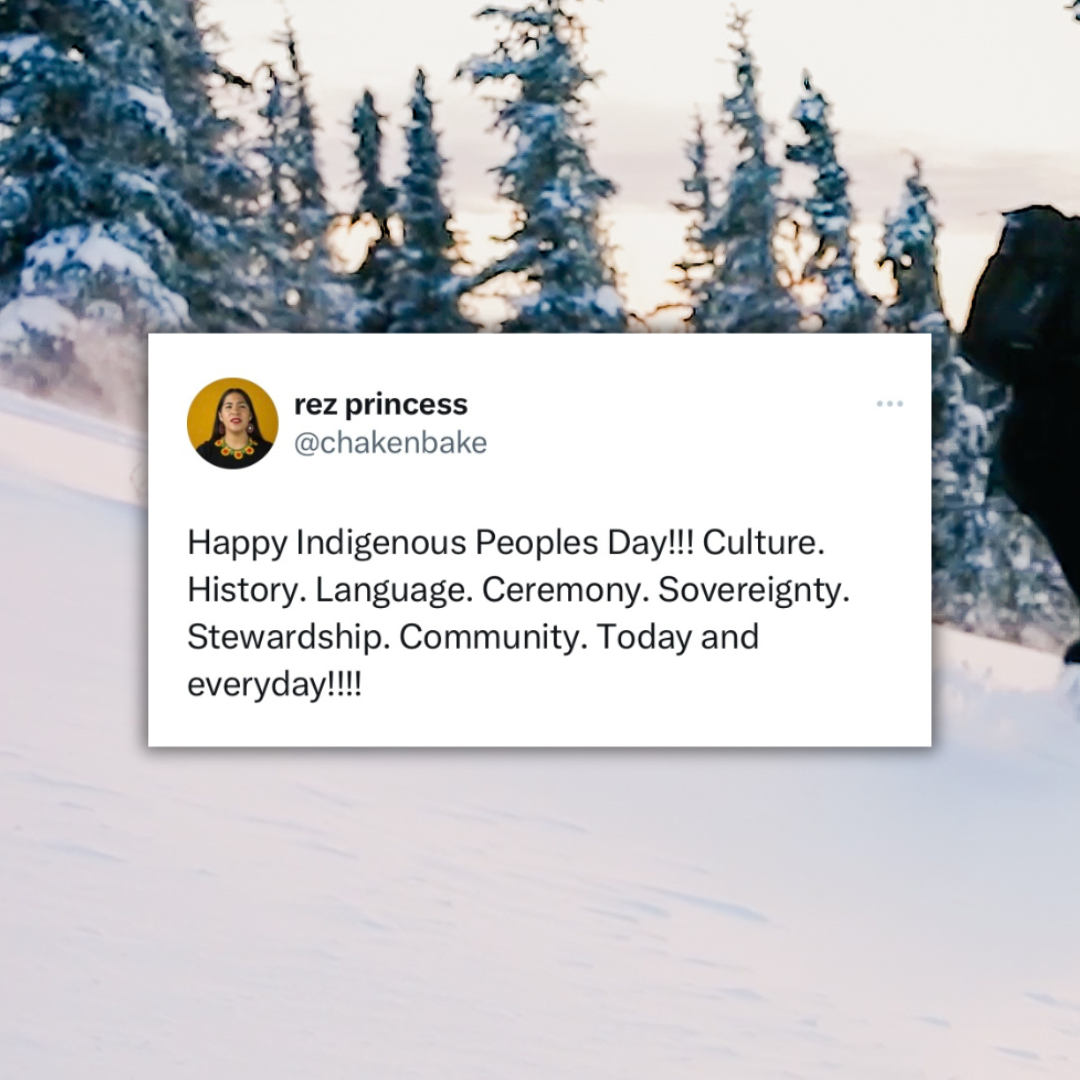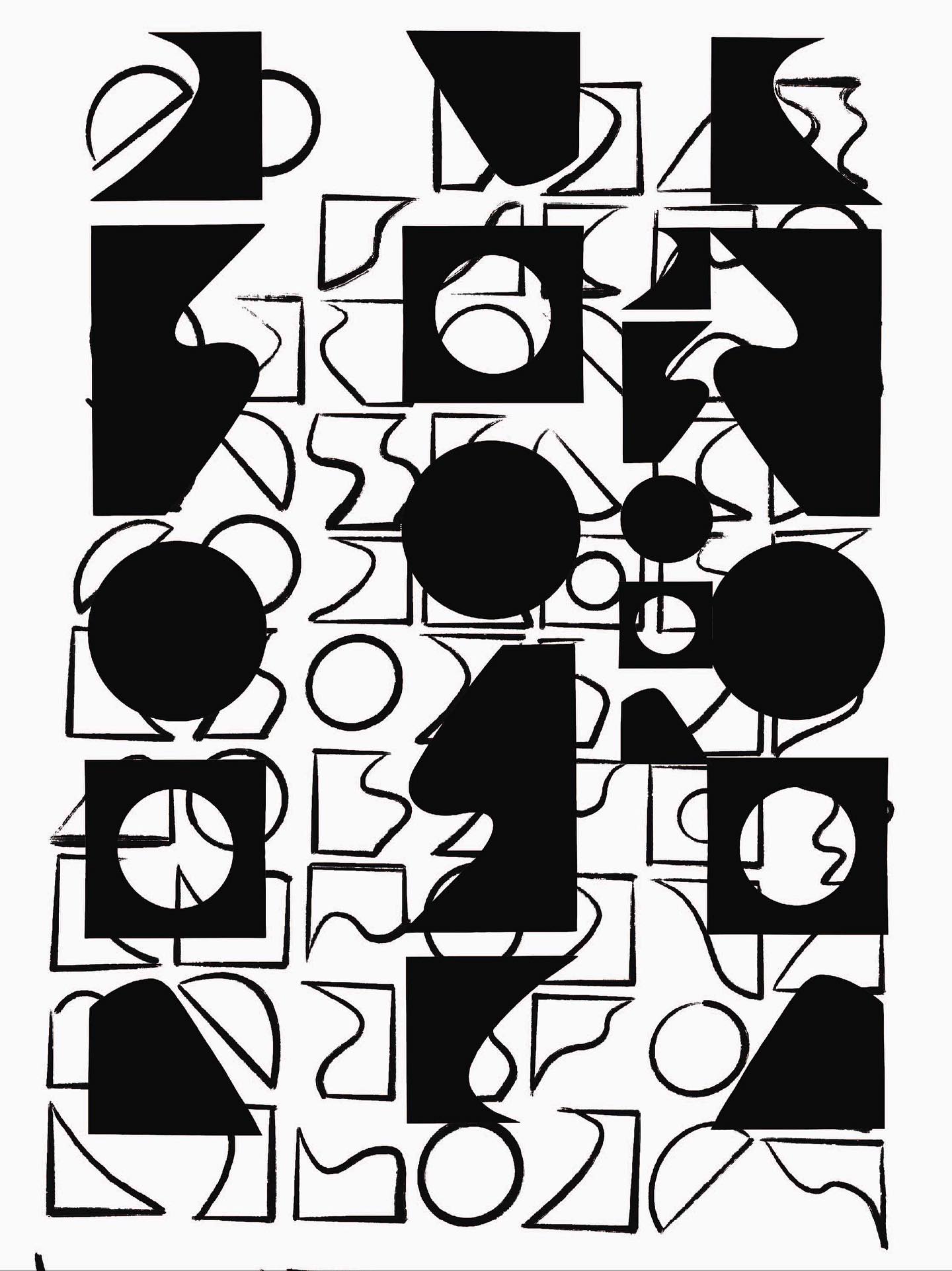There is hardly anything more exhilarating than coming down a ski slope engulfed in a cloud of snow. Your hard is racing, your cheeks are all pink, and your muscles are sore. The latter effect of skiing is definitely not part of the winter magic so you should look to assuage it as much as possible.
In fact, skiing is a sport that requires skiers to be physically fit but most of us gain a couple of pounds during winter. Needless to say, we ought to get in shape fast and here are some exercises that will help us reach the desired level of fitness.
Powerful squats
As you are already (painfully) aware, leg muscles are primary muscles used for skiing. If your thighs and knees cannot support your weight, then it is pointless strapping the skies on in the first place. Specifically, your thighs, i.e. (quads) are probably the muscles that work the hardest when you ski. Therefore, squats are the ideal exercises for strengthening your leg muscles.
In addition, squats are fairly easy to perform. You have to stand with your legs and shoulders width apart, all the while pushing your hips back. Now bend your knees until the thighs become in level with the ground.
If the knees are in front of the toes, then you have messed up something and you need to push the hips back slightly. After you are down squatting, stand back up and repeat the whole procedure for some 20 reps in four sets in total. In general, give your body at least one minute of rest between individual sets.
Adding squat jumps to the exercise routine
Squats on their own have the power to transform the muscles of your lower back body. However, you can supplement squats with squat jumps. Apart from building on leg strength, jumping will increase explosiveness in the quads and glutes. As a result, you will be able to make more sudden and sharper turns, which is quite handy if you’re going straight for a conifer tree.
Start the exercise like a standard squat with your feet shoulder-width away from each other. Squat down like you normally would and then propel yourself high up in the air. Repeat these jumps four times in a single set and then do four sets in total, allowing yourself to catch a breath between sets.
In order to protect your ankles, try to land as softly as possible during each squat jump. In addition, browse online for the best knee sleeves to protect your knees joints as well. These get extra damaged during skiing because they are bent forward, meaning that all the flow of cold air is directed at the knee cap.
Try out lunges for better balance
If you are having trouble balancing your body’s weight on a pair of skies, then you need balance, not strength exercises only. Lunges are ideal for this purpose as they will help switch your balance from one leg to the other smoother.
To do a lunge, stand with your feet together and put one leg forward so it forms a right angle with the floor. After you do this, your back leg should be parallel with the floor, almost touching it. After holding this position for several seconds, go back to the starting position. Since lunges are easy to perform, do 20 repetitions in four sets altogether. The trick is to keep your back as straight as possible while lunging forward.
As you have seen from the several exercises we have listed here, leg muscles are the key to getting into shape for skiing. If you are passionate about skiing, then gear up and start squatting and lunging as of today! The sooner you start, the sooner will you able to say that you have reached the fitness level for coming down snowy slopes without sore muscles as the aftermath.




